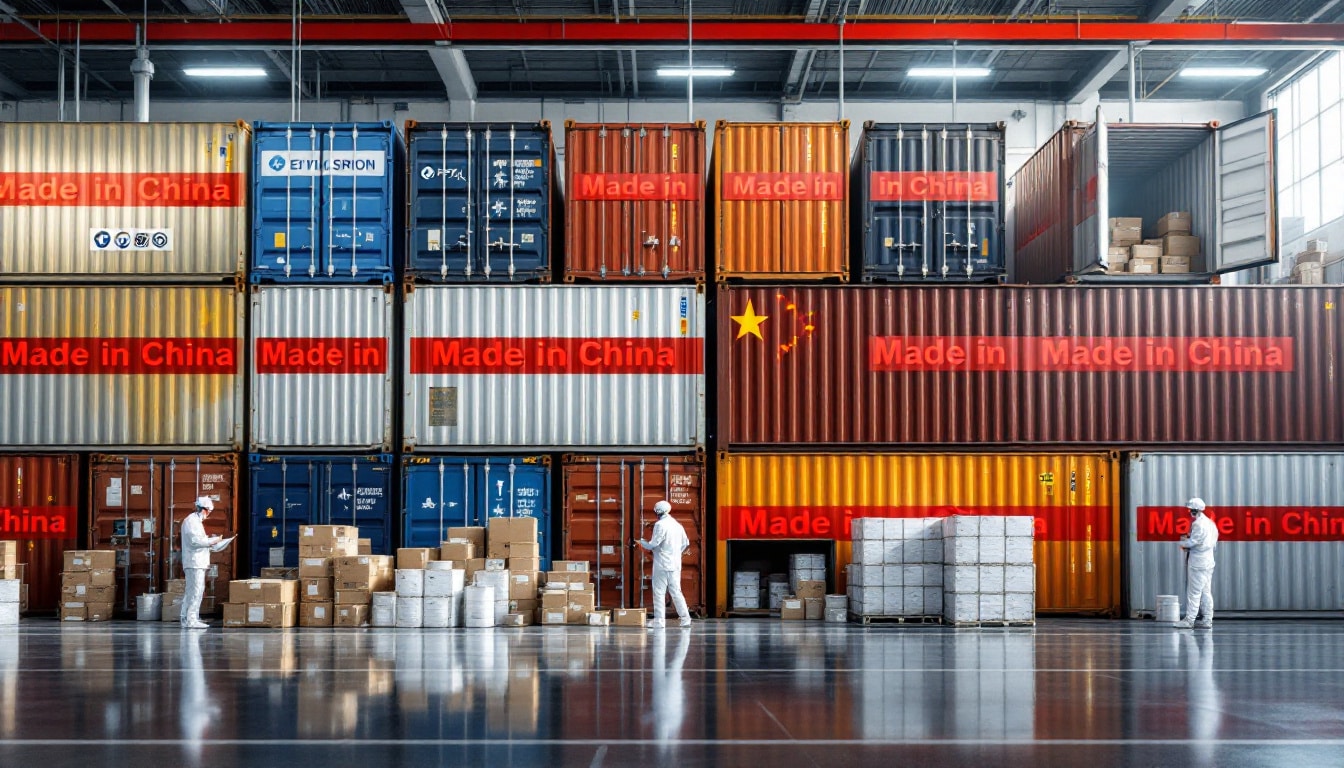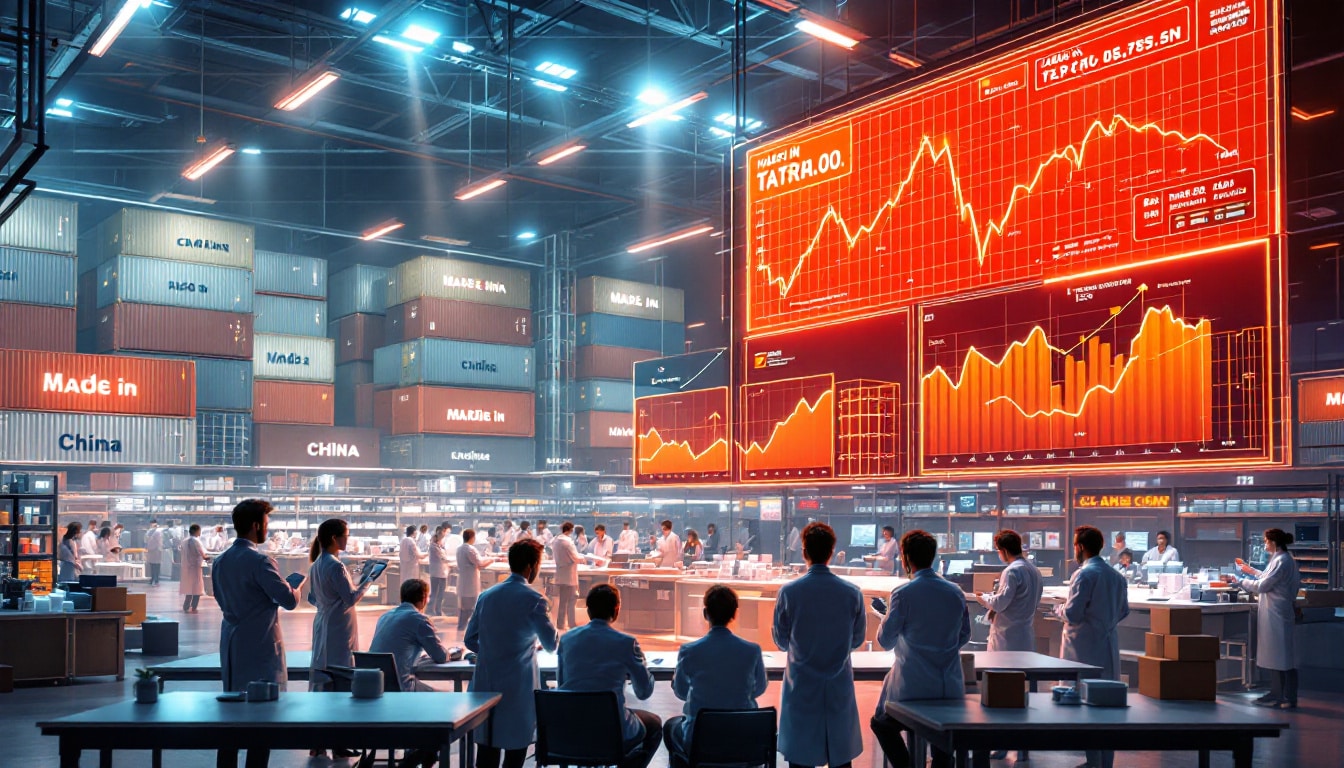The current dynamics of the American pharmaceutical sector is being tested by tariffs imposed on imports from China, calling for particular attention to generic drug manufacturers. These tariff measures could not only affect their profitability but also compromise the already complex supply chain, highlighting the vulnerabilities of the market. Supply chain challenges and increased costs could thus lead to shortages, deeply impacting the availability of medical treatments for American patients.

Generic drug manufacturers face tariffs
American generic drug manufacturers are currently facing significant challenges, particularly due to the tariffs imposed on imports from China. This situation leads to cost increases that can have a significant impact on the sector. Indeed, the raw materials and active pharmaceutical ingredients (API) imported from China represent a crucial part of drug manufacturing. Tariff restrictions risk affecting the supply chain and compromising the availability of vital medications for patients.
Impact on the supply chain
The supply chain for generic drugs is already tested by various challenges, such as strict regulations and quality requirements. The imposition of a 10% tax on imports may exacerbate potential shortages. Manufacturers may be forced to alter their production strategies or withdraw completely from the market for certain categories of products, which would only worsen the supply challenges in a context where demand remains high.
Proposed solutions to mitigate risk
To minimize the impact of tariffs and secure the supply chain, generic drug manufacturers are exploring various solutions. Among these, optimizing inventory management and seeking new suppliers can offer some flexibility in the face of these new constraints. Additionally, initiatives to encourage local manufacturing and diversify supply sources are also being considered, allowing to mitigate the economic consequences of import taxes.
Generic drug manufacturers in the United States find themselves at a critical crossroads, exacerbated by recent tariffs on imports from China. These measures, integrated into a tense global economic context, threaten not only the profitability of companies but also the availability of essential medications for patients. Indeed, the imposition of a 10% tariff on active pharmaceutical ingredients could force some producers to reduce their output or even exit specific therapeutic categories in the face of increased costs.
The pharmaceutical supply chain thus appears increasingly vulnerable. With the increase in trade barriers, players in this sector must face delicate inventory management and anticipate potential shortages. These supply delays can lead to stockouts in an environment where demand for generic drugs is strongly rising, jeopardizing the health of millions of patients relying on these treatments. Key players such as Teva, Mylan, and Sandoz may thus face major difficulties in meeting current medical prescriptions.
In addition to immediate financial challenges, these changes in trade policies raise broader questions about the future of pharmaceutical production in the United States. Companies must now consider innovative strategies to mitigate the negative impacts of tariffs. Strengthening the resilience of the supply chain without compromising patient access to affordable treatments will be an unavoidable challenge for the industry. Collaboration between pharmaceutical industries, governments, and regulatory bodies will be essential to create a sustainable and safe ecosystem that serves public health.














